Microsoft testing Windows 8.1 update that hides tile interface by default | The Verge.
Microsoft is testing an update to Windows 8.1 that will boot Windows in desktop mode by default instead of the Modern UI
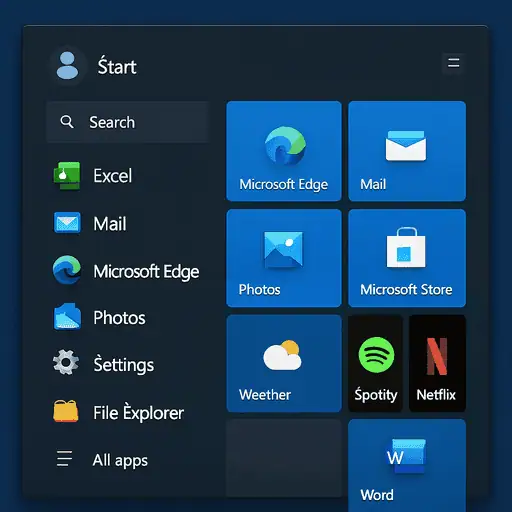
Microsoft testing Windows 8.1 update that hides tile interface by default | The Verge.
Microsoft is testing an update to Windows 8.1 that will boot Windows in desktop mode by default instead of the Modern UI
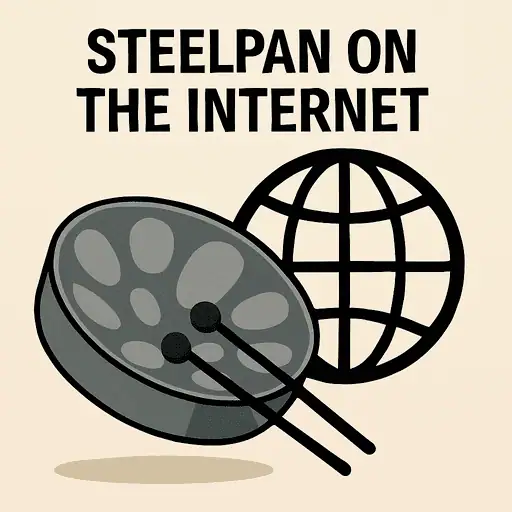
T&T steelpan newspaper history now on the Web | The Trinidad Guardian Newspaper.
“The history of steelpan as chronicled in Trinidad newspapers is now only a click away. As a result of a grant from UWI and collaboration between students at UWI and the UWI library, more than 4,000 newspaper articles related to the history of steelpan in T&T will be uploaded to the Web. “
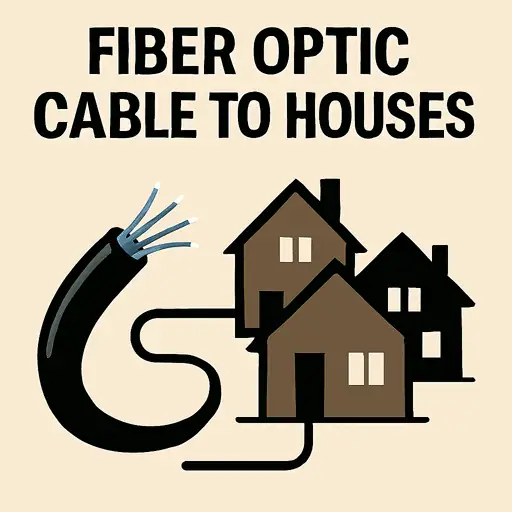
Via the Trinidad Guardian :
“TSTT unveiled a 6 month pilot project on Wednesday where houses in the Legacy Housing Development will be wired using fiber optic cable capable of Internet connectivity speeds of 1 Gigabit/s.
TSTT also announced that it is prepared to deliver gigabit Internet connectivity to 10,000 homes in Trinidad, 70 per cent of which are located in the north of the country, with a increase to 40,000 homes by the end of 2014.
No pricing from TSTT will be announced pending a review after the pilot project.”

A story from Naoki Hiroshima, describing in detail how his online accounts were taken over via social engineering attacks at PayPal and GoDaddy. To regain his domains, he gave away his Twitter handle (which was the ultimate target of the attacker(s) to get back access to his domain names
How I Lost My $50,000 Twitter Username — Medium.
PayPal has responded :
https://www.paypal-forward.com/leadership/paypal-takes-your-security-seriously/

Thirty years ago on January 24, Apple CEO Steve Jobs introduced the Macintosh computer.
The launch was advertised by Apple two days before in a TV ad shown during the US football SuperBowl tournament:
Apple’s home page pays homage to this milestone, along with a website at http://www.apple.com/30-years/ showing a timeline of Apple Macintosh product line over the past 30 years, and highlights prominent persons use of the products and a video

http://www.youtube.com/watch?v=Xp697DqsbUU
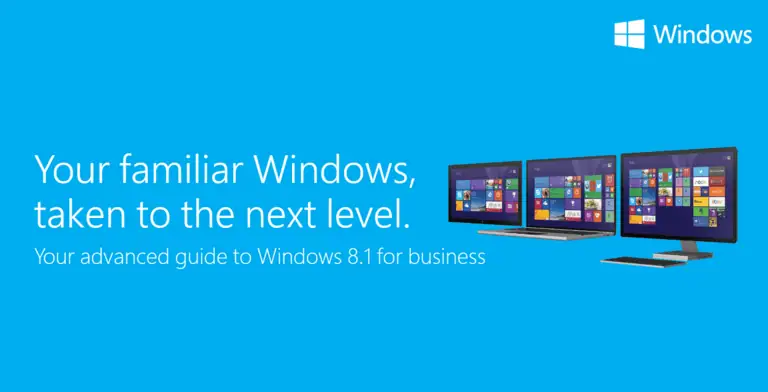
Microsoft has made available a PDF titled Windows 8.1 Power User Guide which summarised the key features of Windows 8.1
Download Windows 8.1 Power User Guide for Business from Official Microsoft Download Center.
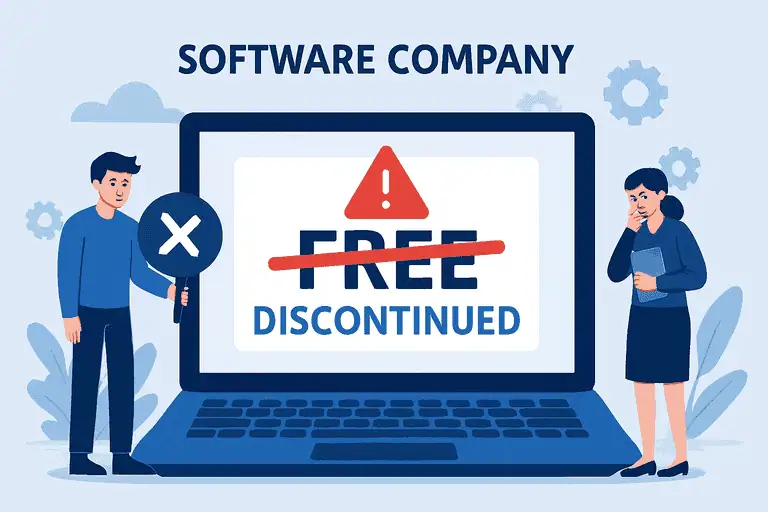
LogMeIn has announced that its free remote access product will be discontinued and existing users who login from today will have a 7 day grace period.
See LogMeIn’s blog post and FAQ for more details.
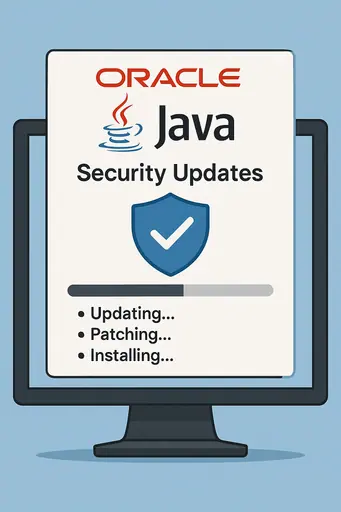
Oracle has released Java 7 Update 51 on January 14 2014 . The Oracle blog post about the release of Java 7 Update 51 mentions this version contains security fixes for various vulnerabilities.
So, if you’re using Java, you should probably update. ASAP.
You can download Java at http://www.java.com/en/download/index.jsp or if you want to manually download Java for Windows, Mac, Linux, see
http://www.oracle.com/technetwork/java/javase/downloads/jre7-downloads-1880261.html
If you have older versions of Java, you should remove them as soon as possible. The http://www.java.com/en/download/faq/remove_olderversions.xml page has more information and tools on how to remove older versions of Java.
As a additional security precaution, you can disable the execution of Java content in your browser.
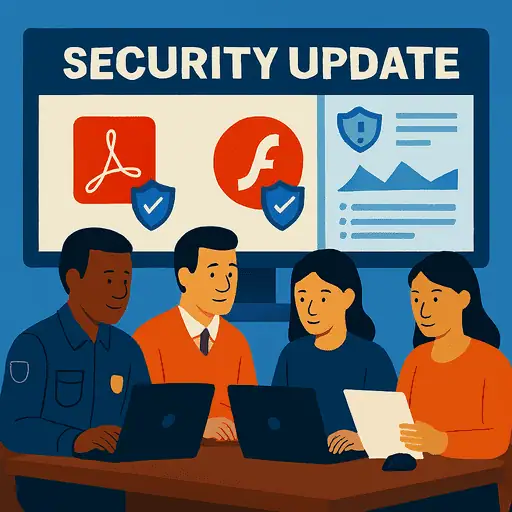
Adobe has updated its Adobe Reader software (used to view PDF files) and Acrobat software for Windows and Macintosh to “address vulnerabilities that could cause a crash and potentially allow an attacker to take control of the affected system”.
Such vulnerabilities in Adobe Reader (and Acrobat) before January 14 2014 could allow for execution of unwanted code (typically installing malware or viruses/worms on your PC), without your consent just by opening a PDF.
The affected software versions of Adobe Reader and Acrobat are
Read Adobe’s security bulletin at http://helpx.adobe.com/security/products/acrobat/apsb14-01.html for instructions on how to update Adobe Reader and Acrobat.